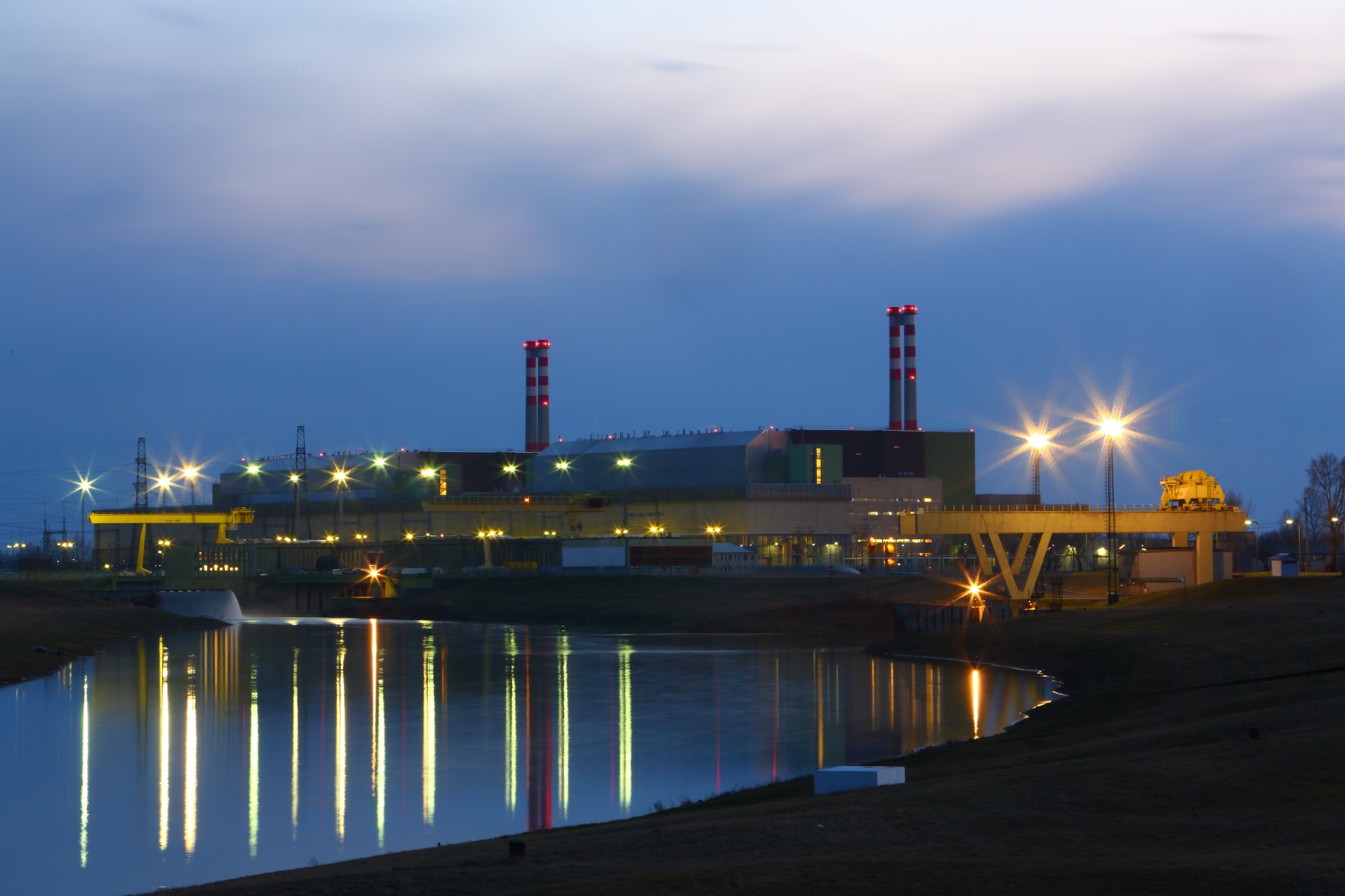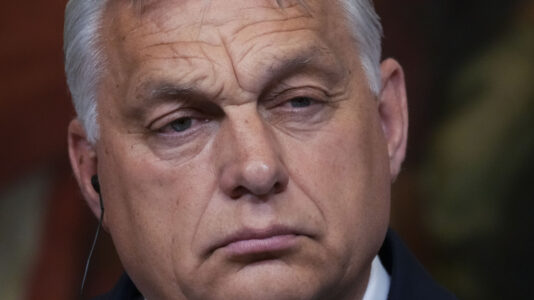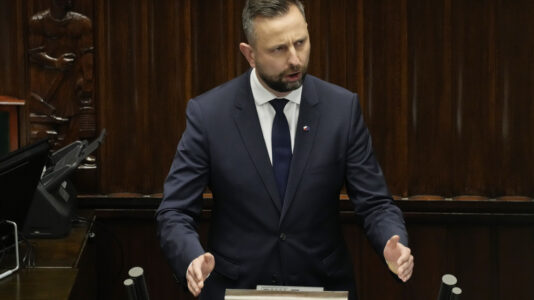Climate change is here to stay, with the record-breaking heatwave hitting Hungary this summer making the Paks 2 nuclear power plant project more urgent than ever. Just last year, at COP28 in Dubai, countries committed to tripling nuclear capacity by 2050 in response to the growing need for cheaper, reliable and clean energy.
Engineer and nuclear energy expert Zsolt Hárfás told Magyar Nemzet that peak loads have been breaking records too, and weather-dependent renewables have been unable to meet demand. Solar and wind power plants have contributed only minimally to domestic consumption, meaning Hungary has been left to import high amounts, 2,730 MW, from neighboring countries to meet its needs.
Of course, Hárfás says, this brings issues of dependence and national security risks. And then, there is the cost, which on the evening of July 16 €770 per megawatt-hour, nearly hitting €1,000 on July 18.
The Paks 2 nuclear power plant is expected to have an output of 2,400 MW, which would be a great help if it were already online.
The original plan for Paks 2 was launched back in 2014, with Russia’s Rosatom agreeing to supply two VVER-1200 reactors. A construction schedule with Rosatom was just reached last November, which drew further criticism of Hungary given the Ukraine war and countries working hard to free themselves of any dependence on Russian energy.
When it comes to nuclear energy, Hungary has made it clear that it will not agree to any sanctions against Russia. Meanwhile, in May, Hungary also signed an agreement with Belarus to help with the Paks 2 construction, which represents yet another challenge, as Belarus has also been hit with sanctions.
Szijjártó has previously noted the international nature of the project. Despite the involvement of Russia and Belarus, and aside from close to 100 Hungarian companies working on the project, there are contractors from countries such as the U.S., Austria, Sweden, France, and Germany as well.
Hungary’s Paks 1 has four units that became operational between 1982 and 1987 and reportedly meet about half of the country’s electricity demand. Their operational lifespan has been extended twice, last in December, and are expected to now operate into the 2050s.






